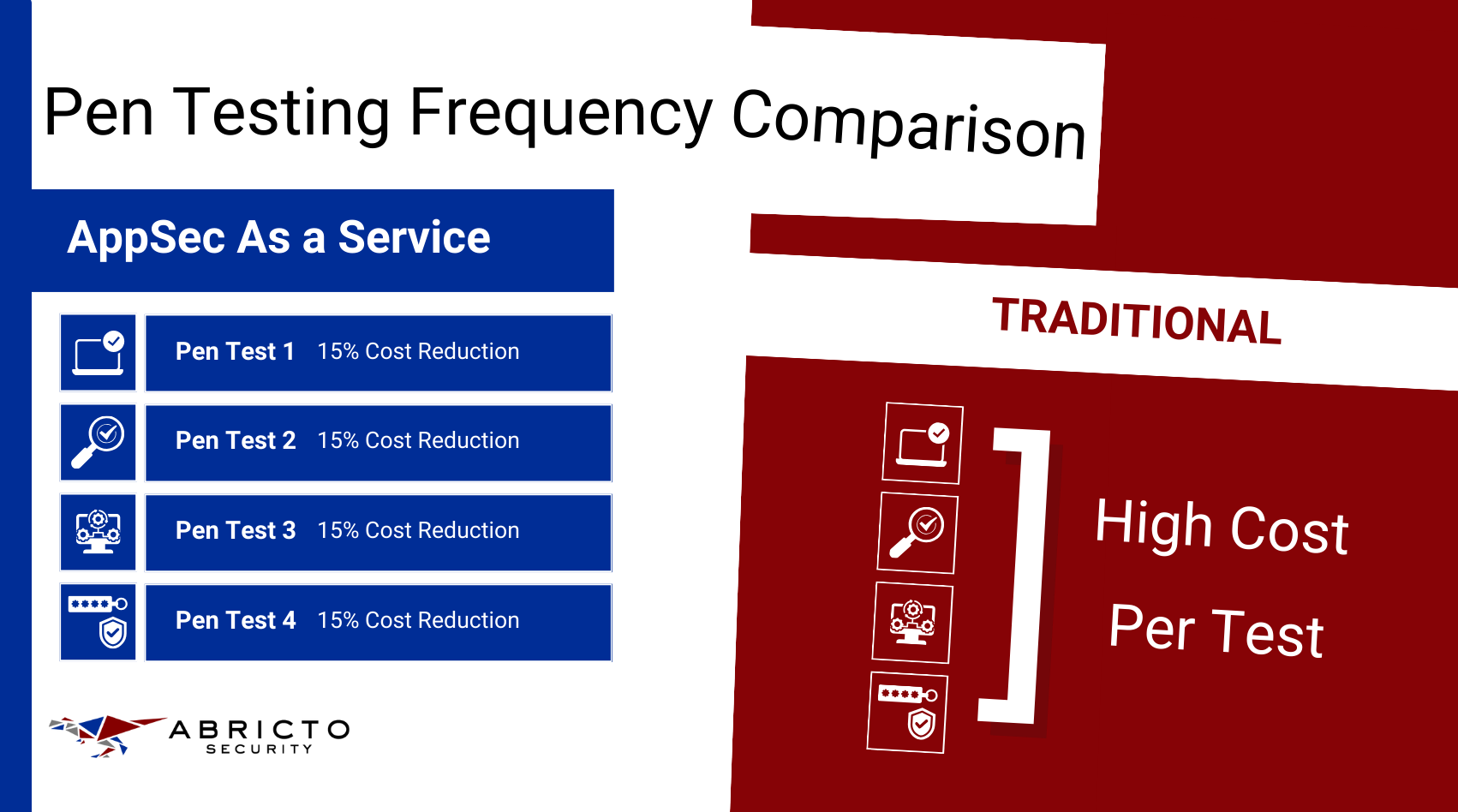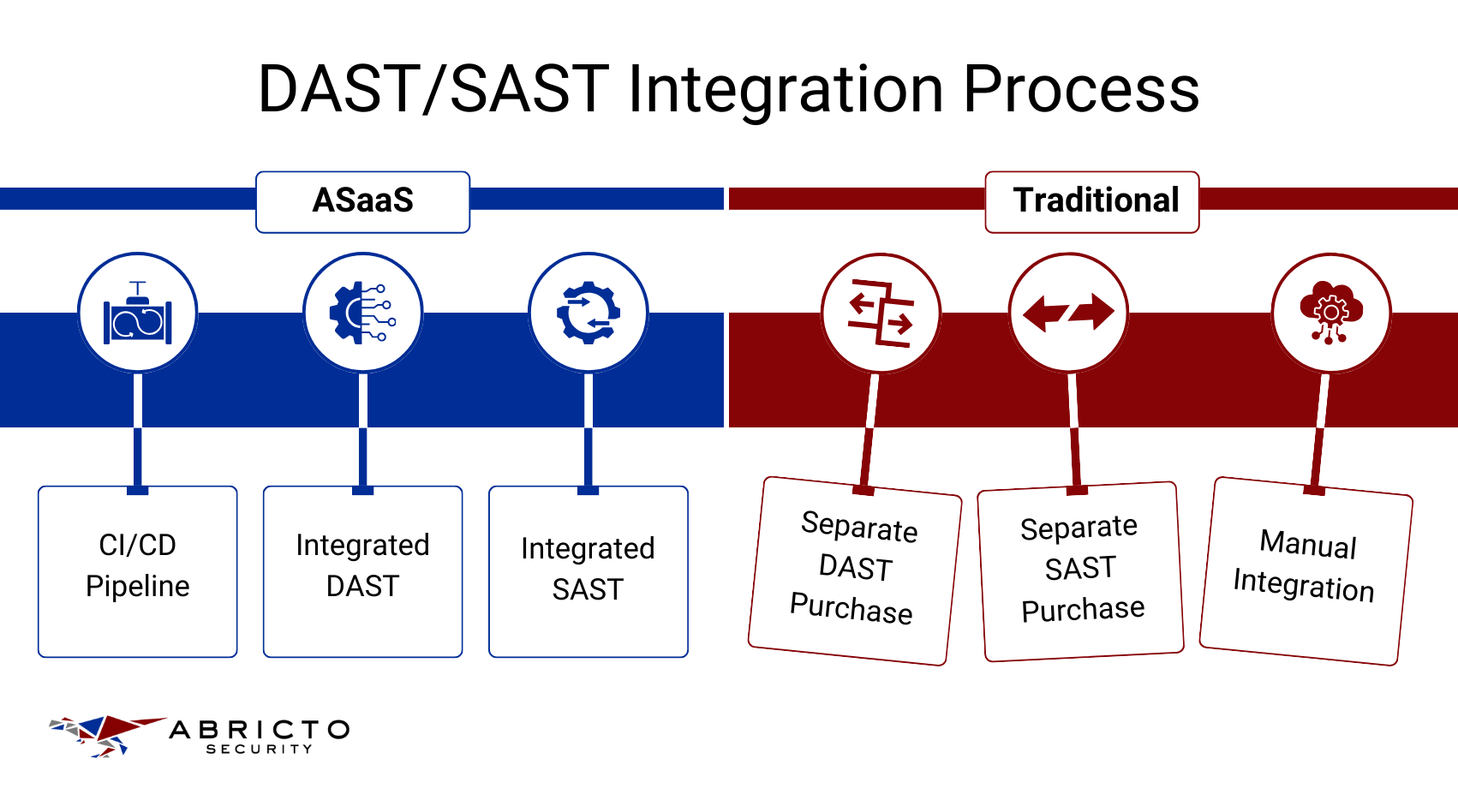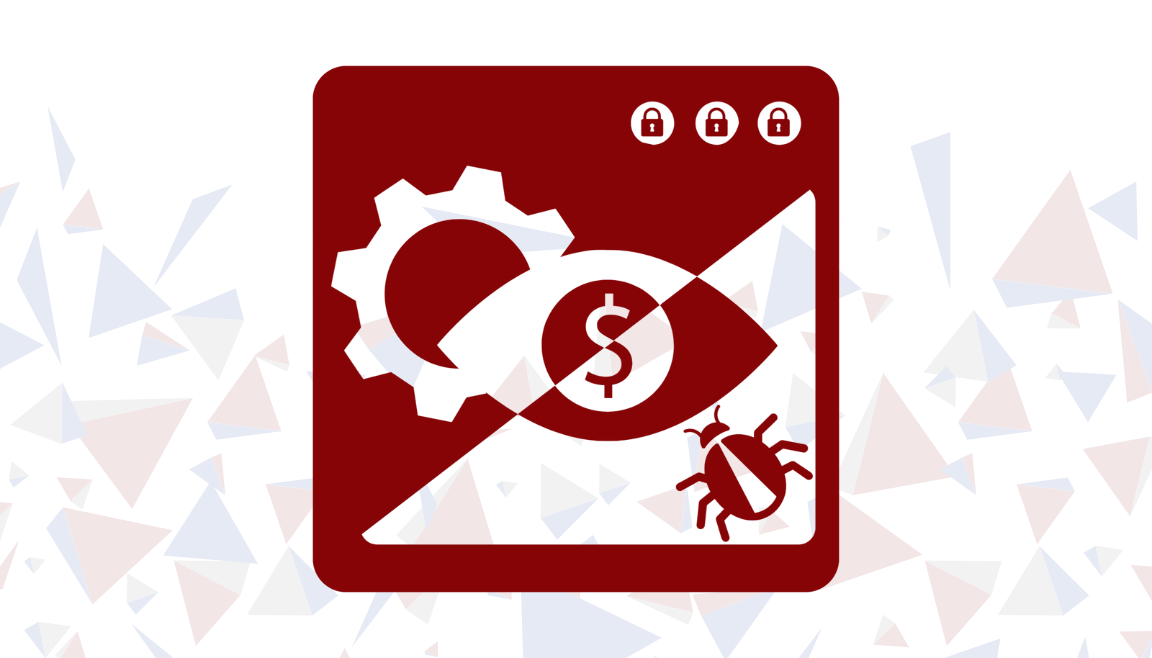Introduction
Are you overpaying for application security? In today’s landscape, keeping your apps secure is crucial. This article compares AppSec as a Service (ASaaS) with traditional pen testing, showing how ASaaS can boost your security and save you money. You’ll learn about the benefits of ASaaS, including continuous protection, expert consultants on demand, and integrated security tools.
Cost Savings Overview
Frequent Pen Testing
With AppSec as a Service, companies benefit from multiple penetration tests conducted annually. This approach enhances security by identifying vulnerabilities more frequently and reduces the cost per test by limiting the scope to only new features and bug fixes. The frequent assessments ensure continuous protection, keeping your applications safer at a lower overall cost.
In contrast, traditional pen testing typically involves a single annual test. This infrequency can result in undetected vulnerabilities lingering between tests. Moreover, each test is priced individually, with no bundled savings, leading to higher costs and potentially exposing your applications for longer periods.
Access to Security Consultants
One significant advantage of AppSec as a Service is the on-demand access to security experts. This model allows companies to tap into a pool of experienced professionals whenever needed without the burden of high in-house salaries. It offers flexibility and expertise without substantial financial commitment.
Traditional pen testing often relies on in-house security engineers. This setup can lead to substantial fixed costs, as maintaining a team of skilled security professionals is expensive. The limited availability of resources can also strain the organization’s budget and reduce overall efficiency.
Integrated Security Tools
AppSec as a Service usually includes advanced security tools such as Dynamic Application Security Testing (DAST) and Static Application Security Testing (SAST) at no extra cost. These tools seamlessly integrate into the CI/CD pipeline, providing comprehensive security coverage without additional expenses. This integration ensures continuous monitoring and protection throughout the development lifecycle.
With traditional pen testing, companies need to purchase and integrate DAST and SAST tools separately. This approach incurs high acquisition and maintenance costs. Additionally, integrating these tools can be complex and time-consuming, leading to fragmented security measures and increased overall expenditure.
Pen Testing Frequency and Costs

ASaaS Approach
AppSec as a Service offers the advantage of conducting four penetration tests annually. This frequent testing schedule provides regular security evaluations, ensuring vulnerabilities are identified and addressed promptly. The continuous protection keeps your applications secure throughout the year, reducing the risk of security breaches.
With multiple tests conducted annually, ASaaS leverages economies of scale to lower the per-test cost. The more tests you perform, the less you pay per test, making it a cost-effective solution for ongoing security needs.
The comprehensive coverage provided by ASaaS results in significant annual savings. By spreading the costs over multiple tests and bundling services, companies can achieve extensive security at a lower cost than traditional methods.
Traditional Approach
Traditional pen testing usually involves a single test each year. This infrequent assessment schedule increases the risk of undetected vulnerabilities, as new threats can emerge between tests, exposing your applications.
Each traditional pen test is priced individually, with no volume discounts. This means that every test incurs the full cost, which can be quite high, especially when performed only once a year.
The traditional pen testing approach often comes with significant annual expenses due to the need for bundled services. Each service, including additional security tools, must be procured separately, leading to higher upfront costs and fragmented security measures. This approach can strain budgets and reduce the overall effectiveness of your security program.
ASaaS Approach
With AppSec as a Service, access to security consultants is included in the service package. This subscription model means that organizations don’t need to worry about the additional costs of hiring and maintaining a team of dedicated application security experts. It’s a streamlined solution that provides expert guidance without the financial burden of full-time salaries.
One of the standout features of ASaaS is the ability to consult with experienced security professionals as needed. This unlimited access allows for real-time advice and support, ensuring your application security needs are always met without incurring extra costs. It’s a flexible and efficient way to maintain high-level security expertise at your fingertips.
Traditional Approach
Traditional pen testing often relies on in-house security engineers, which comes with significant financial commitments. This cost can quickly add up, straining the company’s budget and limiting financial flexibility.
Having an in-house engineer means that a single resource handles all security needs. This approach incurs high financial costs and poses a risk regarding resource limitations. Relying on one person can lead to bottlenecks and potential gaps in security coverage, as it’s challenging for a single engineer to manage all aspects of a comprehensive security program effectively.
Integrated Security Tools and Their Impact

ASaaS Approach
AppSec as a Service includes Dynamic Application Security Testing (DAST) and Static Application Security Testing (SAST) tools as part of the service. These tools seamlessly integrate into the CI/CD pipeline, providing continuous security checks without needing separate installations or configurations.
One of the major benefits of ASaaS is that these advanced security tools do not require investment. The service package covers everything, allowing organizations to avoid the high expenses of purchasing and maintaining these tools independently.
The ASaaS approach ensures a holistic security assessment that fits smoothly into the development workflow. This integration means that security checks are performed regularly and automatically without disrupting the development process, ensuring consistent and thorough security assessment.
Traditional Approach
In a traditional setup, companies purchase and deploy DAST and SAST tools individually. This requirement means additional effort and expense to select, buy, and integrate these tools into the existing development pipeline.
Acquiring and maintaining separate DAST and SAST solutions can be quite expensive. Each tool comes with its own set of costs, including licensing, setup, and ongoing maintenance, which can quickly add up and strain the budget.
Such traditional approaches often lead to fragmented security measures, where each tool addresses specific needs but fails to provide a unified solution. This fragmentation increases overall expenditure and can complicate the management of security operations, leading to potential gaps in coverage.
Continuous Security Coverage

ASaaS Continuous Monitoring
AppSec as a Service offers real-time external threat detection, allowing for immediate identification and response to vulnerabilities and attacks. This proactive approach ensures that potential security issues are addressed as soon as they arise, minimizing the risk of breaches.
With ASaaS, automated testing is conducted regularly throughout the development lifecycle. These ongoing scans help maintain a consistent level of security by continuously checking for vulnerabilities, ensuring that your applications remain protected at all times.
Through continuous checks, ASaaS ensures ongoing compliance with industry standards and regulatory requirements.
Traditional Pen Testing
Traditional pen testing involves scheduled assessments at set intervals. This periodic approach may miss new vulnerabilities in-between tests, exposing your applications until the next scheduled assessment.
Compliance status in traditional pen testing is only as current as the last test. This means that your applications are compliant only up to the last assessment, potentially leaving gaps and exposing your organization to compliance risks between tests.
Flexible Billing Options

ASaaS Approach
AppSec as a Service offers flexible payment plans, allowing organizations to choose between monthly or annual billing. This flexibility helps align payments with budget cycles, making it easier to manage expenses without straining financial resources.
ASaaS allows customization of service packages, ensuring that you only pay for what you need. By excluding redundant services, organizations can avoid unnecessary costs and tailor the security solutions to fit their specific requirements.
Traditional Approach
Traditional pen testing typically requires a single upfront payment. This one-time cost can be substantial, straining budgets and limiting financial flexibility. The lack of payment options can make it challenging for organizations to manage their security expenses effectively.
Traditional pen testing often comes with standardized service offerings, leaving limited options for customization. This lack of flexibility means companies may end up paying for services they don’t need or missing out on specific features that could better address their unique security challenges.
Conclusion
We’ve covered how AppSec as a Service has unique benefits when compared to traditional pen testing including cost savings, expert access, seamless tool integration, and continuous monitoring. Switching to ASaaS not only strengthens your application security program, but also provides better ROI. Interested in improving your app security? Contact us today to learn more.
